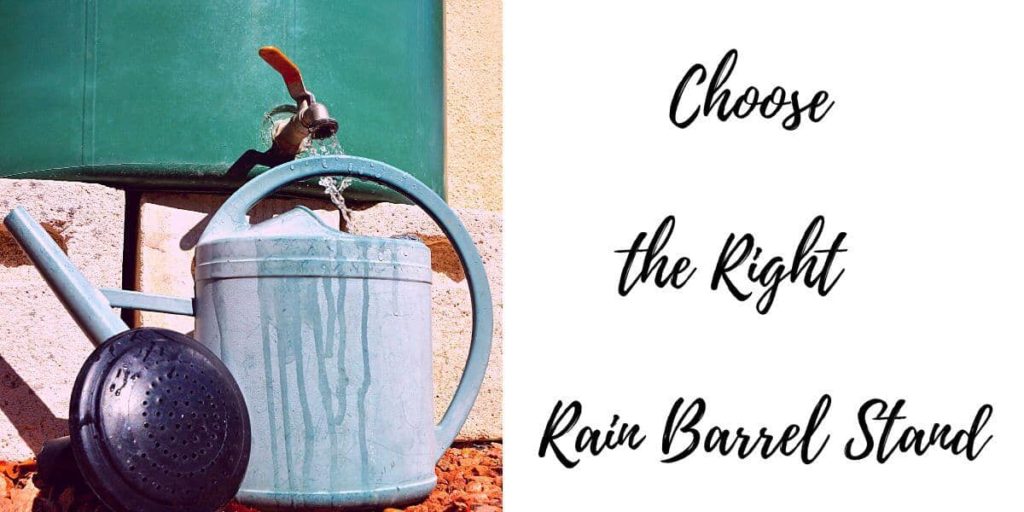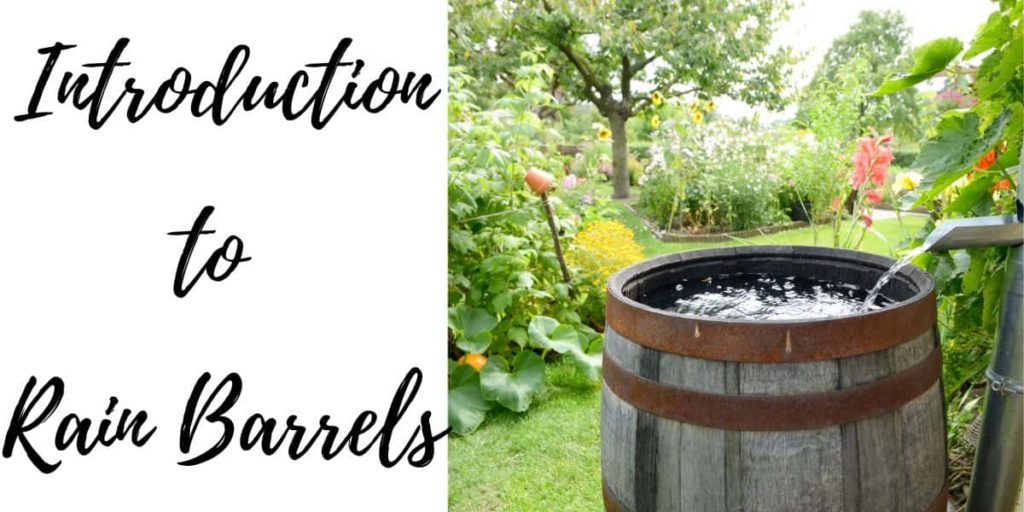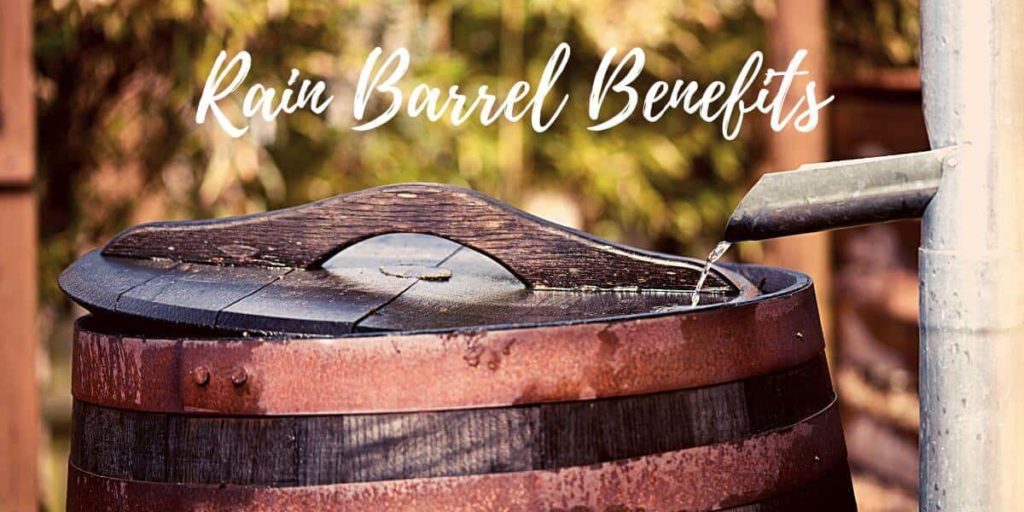If you’re looking to harvest rainwater in your garden or yard, a rain barrel is a great way to collect and store water for later use. However, choosing the right rain barrel stand can be just as important as choosing the right rain barrel. A good stand can provide stability, safety, and accessibility, making it easier to access the water inside your barrel. With so many options available, it can be challenging to know which stand to choose.
In this post, we’ll provide you with some tips on how to choose a rain barrel stand that will meet your needs and help you get the most out of your rainwater harvesting system. Whether you’re looking for a stand that is adjustable, sturdy, or aesthetically pleasing, we’ve got you covered.
How to choose a rain barrel stand
When choosing a rain barrel stand, there are several criteria to consider to ensure that you select a stand that will meet your needs. Here are some important factors to consider:
Determine the weight of your rain barrel
The stand you choose should be able to support the weight of your rain barrel when it is full. Make sure to check the weight capacity of the stand before purchasing to ensure that it can support the weight of your barrel.
To determine the weight of your rain barrel, follow these steps:
- Find the capacity of your rain barrel: Check the manufacturer’s information to determine the capacity of your rain barrel. This is usually measured in gallons.
- Convert gallons to pounds: A gallon of water weighs approximately 8.34 pounds. Multiply the capacity of your rain barrel in gallons by 8.34 to determine its weight in pounds.
For example, if your rain barrel has a capacity of 50 gallons, its weight when full of water would be approximately 417 pounds (50 gallons x 8.34 pounds per gallon).
It is important to determine the weight of your rain barrel so that you can choose a stand with an appropriate weight capacity. Using a stand that cannot support the weight of your rain barrel can result in instability and potential damage or injury.
Decide on the material:
Rain barrel stands can be made from various materials such as plastic, metal, or wood. Consider the durability and weather resistance of the material before making a choice.
There are several materials that can be used to make a rain barrel stand, each with its own advantages and disadvantages. Here are some of the most common materials used for rain barrel stands:
- Plastic: Plastic is a lightweight and affordable option that is easy to move and assemble. However, it may not be as durable as other materials and may not be able to support heavier rain barrels.
- Metal: Metal stands are durable and can support heavy rain barrels, making them a good choice for larger rainwater harvesting systems. However, they can be more expensive and may be prone to rust or corrosion over time.
- Wood: Wood stands are aesthetically pleasing and can blend in well with outdoor surroundings. They are also sturdy and can support heavy rain barrels. However, they may require regular maintenance to prevent rot or decay.
Check the design:
Look for a stand that is designed to fit the specific model or size of your rain barrel. This can help ensure a secure and stable fit, reducing the risk of the barrel tipping or falling off the stand. Some stands may be more universal in design, while others may be tailored to fit specific models.
Determine the height:
Choose a stand that elevates the rain barrel to a comfortable height for accessing the spigot. Consider your own height and any physical limitations that may affect your ability to bend down or reach up to access the spigot.
To determine the proper height for your rain barrel stand, follow these steps:
- Measure the height of your rain barrel: Use a tape measure to determine the height of your rain barrel. Measure from the ground to the top of the barrel.
- Determine the desired height for the spigot: Decide how high you want the spigot to be for easy access. A height of around 18-24 inches above the ground is often comfortable for most people.
- Calculate the height of the stand: Subtract the desired height of the spigot from the height of the rain barrel. This will give you the height that the stand needs to be in order to achieve the desired spigot height.
For example, if your rain barrel is 36 inches tall and you want the spigot to be 18 inches off the ground, you will need a stand that is 18 inches tall (36 inches – 18 inches = 18 inches).
It’s important to note that the desired height of the spigot may vary depending on your height and physical abilities, so be sure to adjust the height accordingly to ensure comfortable and safe access to the water in your rain barrel.
Consider the aesthetics:
While not a functional factor, the aesthetics of the stand may be important to you. Look for a stand that complements the design of your home and outdoor space.
Consider the price:
Compare the prices of different rain barrel stands and choose one that provides the best value for your money.
What are the different types of rain barrel stands?
There are several types of rain barrel stands available on the market, and they can vary in size, material, and design. Some common types of rain barrel stands include:
The basic platform stands:
These are simple stands made of wood, plastic, or metal that raise the rain barrel off the ground.
A basic platform rain barrel stand is a simple and straightforward stand that is designed to lift a rain barrel off the ground. These stands are typically made of materials such as wood, plastic, or metal, and are available in a variety of sizes and designs. The main purpose of a basic platform stand is to provide stability and safety for the rain barrel by keeping it off the ground and preventing it from tipping over. Additionally, a basic platform stand can also raise the spigot of the rain barrel to a more convenient height, making it easier to access the water inside. These stands are often a budget-friendly option and can be a great choice for those who want a simple and functional rain barrel stand.
Decorative stands:
These stands are designed to be more aesthetically pleasing than basic platform stands and may feature decorative elements such as scrollwork or ornate designs.
A decorative rain barrel stand is a type of stand that is designed to be more aesthetically pleasing than a basic platform stand. These stands can come in a variety of materials, such as metal, wood, or plastic, and may feature decorative elements such as scrollwork, ornate designs, or colors that complement the rain barrel. While the primary function of a decorative rain barrel stand is to provide stability and safety for the rain barrel, they can also serve as a decorative accent in your garden or yard. Decorative rain barrel stands can be a great choice if you want to add some style and visual interest to your rainwater harvesting system, while still maintaining functionality. However, they may be more expensive than basic platform stands due to their additional design elements.
Adjustable stands:
An adjustable rain barrel stand is a type of stand that is designed to be adjustable in height. These stands typically have legs that can be extended or retracted, allowing you to raise or lower the height of the rain barrel as needed. This can be particularly useful if you need to adjust the height of the rain barrel depending on the season or your specific needs. For example, if you are using the rainwater for gardening, you may want to raise the height of the rain barrel in the spring to allow for more room for plants to grow and lower it in the fall when the garden is no longer in use. Adjustable rain barrel stands are available in a variety of materials and designs, and can be a good choice if you want the flexibility to adjust the height of your rain barrel over time.
Multi-barrel stands:
These stands are designed to hold multiple rain barrels, making them a good choice if you have a larger rainwater harvesting system.
A multi-rain barrel stand is a type of stand that is designed to hold multiple rain barrels at once. These stands can be particularly useful if you have a larger rainwater harvesting system and want to store and collect more water. Multi rain barrel stands are available in a variety of materials and designs and can be customized to fit your specific needs. Some multi-rain barrel stands may feature a central platform or base that holds several rain barrels in place, while others may have multiple levels or tiers that allow you to stack rain barrels vertically. In addition to providing stability and safety for multiple rain barrels, multi-rain barrel stands can also help to conserve space and make your rainwater harvesting system more efficient. However, they may be more expensive than other types of rain barrel stands due to their larger size and additional features.
DIY stands:
Some people choose to make their own rain barrel stands using materials such as cinder blocks, pallets, or other recycled materials. These stands can be customized to meet your specific needs and budget.
Each type of stand has its own unique benefits and drawbacks, so it’s important to choose the one that is best suited to your specific needs and preferences.
In conclusion, choosing the right rain barrel stand is an important decision that can have a significant impact on the functionality and overall effectiveness of your rainwater harvesting system. When selecting a stand, it’s important to consider factors such as material, weight capacity, design, and height, as well as any specific needs or requirements you may have. By taking the time to carefully evaluate your options and choose a high-quality rain barrel stand that meets your needs, you can help to ensure that your rainwater harvesting system is safe, efficient, and effective for years to come.



